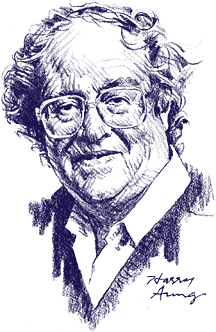There is nothing quite as catchy as a great pop song that deploys whistling. I was reminded of this truth last night at a show by the New Pornographers last night at Oakland’s majestic Fox Theater, where the band’s generous set included “Crash Years” — a song from its new album, Together, that features an infectious whistling chorus.
(I have to admit that the whistling volley loosed by the NPs last night was so solid, indeed so flawless, no stray sibilance or wobbles offkey, that I did wonder if it was live or sampled. I mean, the band members were whistling into their mikes. But these days, who knows?)
I was all set to write up a post about other great whistling songs, but soon discovered that it’s been done already.
The Spinner list is a pretty good one. But it’s heavy on songs that use whistling as a drop-in solo or a bridge or an outro. Those are great, but this aproach neglects examples in the grand “Colonel Bogey March/Bridge On the River Kwai” tradition — where the whistling carries the entire tune of a refrain.
My own favorite in this genre is Brian Eno’s “Back in Judy’s Jungle” — the missing link connecting the world of Colonel Bogey with that of “Crash Years.”
As for the rest of the New Pornographers show? With eight, sometimes more, people on stage, they have turned into indie power pop’s equivalent of a Big Band. Indeed, at times, with their tight harmonies and deep catalog of songs that feel like instant classics, they made me think of our era’s equivalent of the Band — with roots dug not in the country-folk tradition but instead in the now-long history of eccentric smart pop. Great, complex music: we’re lucky to have it.

